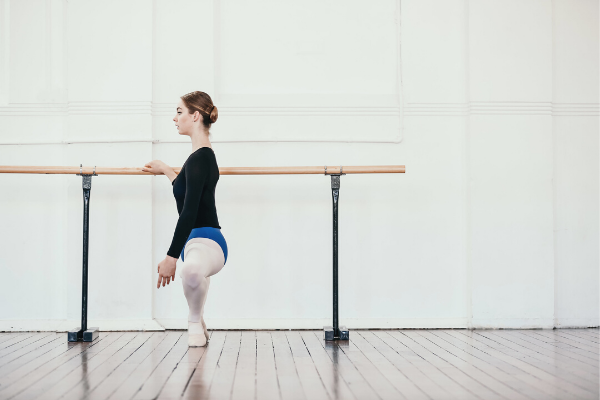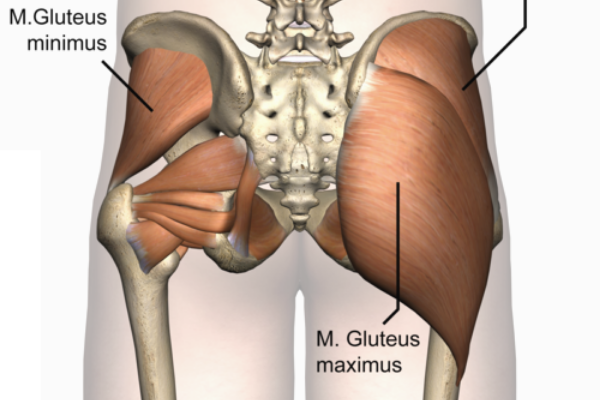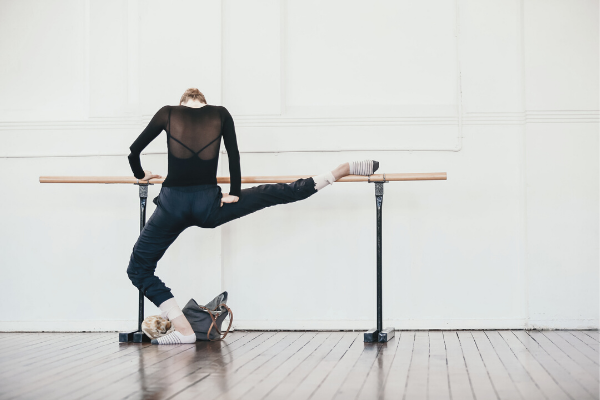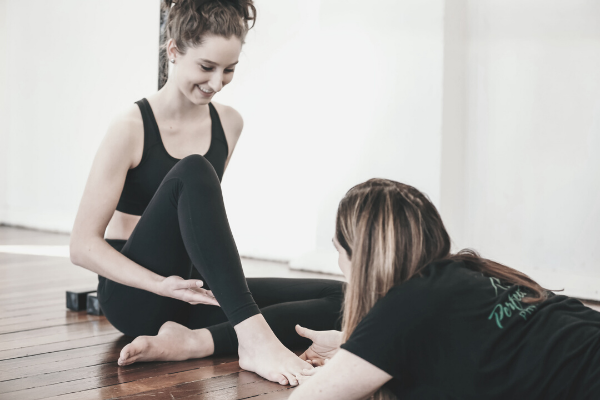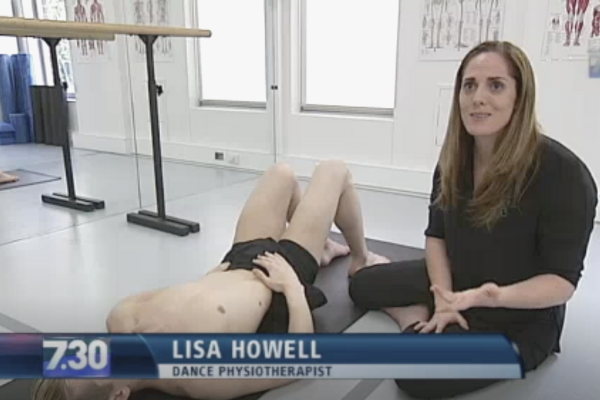Working with a Leg Length Discrepancy
Many dancers complain of having one leg longer than the other. This can make it difficult to master the perfect technique, and in this article, we share some invaluable tips for working with either a real or apparent Leg Length Discrepancy.
Hi Lisa – I LOVE your blog!
… And I have a question. I am a Pilates and Movement Instructor and recently worked with a dancer with a significant leg length discrepancy – her Left leg is 1.8 centimeters longer than her Right (Femur is .6 cm longer and lower leg is 1.2 c longer).
The left side of her tailbone often hurts as does her left inner thigh. She dances quite intensively and is experiencing more and more subtle aches – especially across her sacrum.
Do you have any suggestions for working with her to address her leg length issue?
Thanks so much,
Best, Tara
Hi Tara
I am so sorry that it has taken me so long to get to answer your specific question! I stockpile all of the questions that I receive from teachers, and get to them whenever I can – which unfortunately has been a little too infrequent this year!
However, this is a really common question from dance teachers and health professionals and one that does need a good solid answer, so here goes!
It is great that you have actually had the leg measured (I am assuming that the specific values are from x-ray measurements?) However make sure to use the values in context, and as a guide, rather than getting too fixated on them.
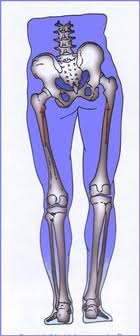
When a student is looking a little asymmetrical it is important to know whether we are working with a true or an apparent leg length discrepancy. I have seen many students who have been told that they have “One leg longer than the other” when actually it was merely a postural issue! Often students will ‘give in’ to the easiest position in standing, and if they are told that there is a ‘reason’ for it, this will often become more exaggerated over time.
It is therefore, important to know ways of dealing with both postural and structural versions of a Leg Length Discrepancy, to make their dancing as fluid and aligned as possible, and obviously pain free! With either version, there is a often a cocktail of muscle imbalances that exaggerate any difference in leg length. These will obviously be different in every individual, but here are some things to check (or to get checked by a good hands-on therapist).
1) Scoliosis
– often a twisting in the spine can pull the pelvis out of place, and mimic one hip being higher than the other. If one leg is longer, the reverse can happen, and the spine may adapt to an elevated hip by side flexing and rotating to “make room” for the longer leg. In both cases it is essential that we keep all parts of the spine mobile and strong. Good exercises to improve mobility and control of the lumbar spine include:
a.Spinal Roll Downs – Slowly rolling down through the spine at the wall is great way to encourage awareness of the position of the low back. In your student with a true leg length difference, you may choose to place a small wedge under their shorter leg. I usually use approximately half of the leg length difference rather than the full amount to good effect.
b.The Spinal Mobility section of the Front Splits Fast Program – especially the Pelvic Tucks and Tilts and the QL Stretch. Make sure that you double up on the QL stretch on the tighter side to help even it out over time
c.Sitting position – Often students sit in a twisted position that feels comfortable for them, but actually exaggerates their scoliosis over time. It is very important to correct the sitting position to help strengthen the spine in neutral to help prevent the scoliosis from worsening over time.
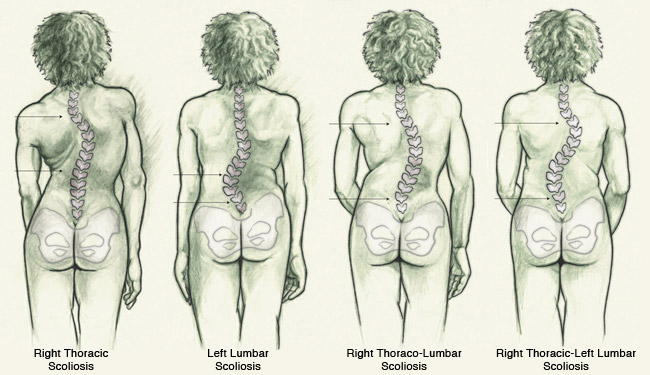
2) Sacro Iliac Joint
– If the left leg is significantly longer than the right, often the crest of the left hip will also be elevated. This will put strain across the Sacro Iliac Joint which is most probably why she experiences pain on this side. To release the tension, try the following:
a.Tennis Ball Releases – I find that gentle yet deep releases with a tennis ball, focussing on releasing rather than massaging the Piriformis, as shown in the Front Splits Fast Program are great for releasing tension in this area.
b.Internal Rotation Mobilisation – Many dancers focus on increasing their turnout range, but often they need to balance the hips with some Internal Rotation. This action can also help to unload the Sacro-Iliac Joint and can actually improve turnout range as well. This mobilisation is shown in the Training Turnout Manual, and is done lying on your back and gently internally rotating one leg, then the other, while keeping the pelvis still.
c.Osteopathic or Manipulative Physiotherapy can help immensely in relieving pain through this area. The treatments are very gentle, but can make a big difference to the mobility of the pelvis and pain levels.
3) Hip Height
– Often when one leg is longer than the other, a dancer will find it difficult to close the legs into 5th position without adjusting the hips. If the right hip has to drop in order to get the heel to the floor in 5th, focus on lengthening the leg from heel to hip bone. Also try releasing the TFL of the right leg, either with massage therapy techniques or with The Pretzel Stretch (Front Splits Fast).
4) Knee Position
– Often dancers will try to compensate for a long leg by softening the knee slightly. Make sure that she pulls up fully when on a single leg, as this can make a big difference to the stability of the whole side.
5) Mobility of Both Hips
– Make sure to get the student consciously aware of the tension she holds in both hips with gentle stretches for the Gluteals, Piriformis, Adductors and Hip Flexors, all in various positions, and in an explorative way, rather than a “Perfect Alignment” way. This helps older students discover different areas that may need working on in a slightly different way to normal.
6) Postural Control
– One of the best things anyone can do to balance out their hips is to keep a close eye on their general posture. We all have habitual patterns that we tend to fall into when we are a little tired or distracted, yet these can be corrected. Setting timers on a mobile phone, or getting a friend to be a ‘spotter’ can help in becoming more conscious of how we hold ourselves during the day.
I do hope that this will help you work with this or any other students in a little more detail! Everyone is so unique in their presentation, but if you can think about the position that they are sitting in, in relation to the anatomy underneath, then this gives you a great platform for where to start!
Kindest Regards,
Lisa Howell
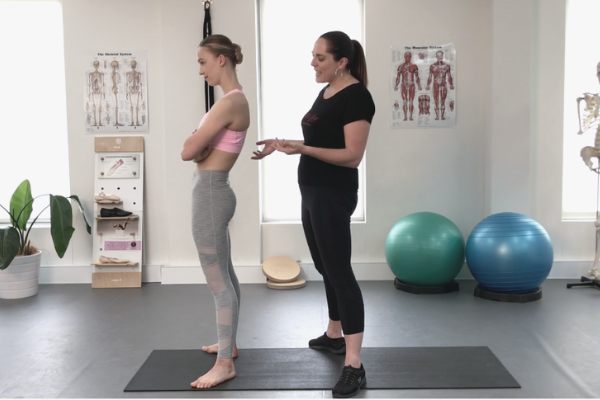
Flexibility Resources
If you are looking to delve deeper into this topic, check out the following programs:
- Front Splits Fast Program: This program translates therapeutic techniques for improving Fascial Mobility and Neural Tension into easy to do exercises that can enable instant changes in your flexibility without the risk of damage through over stretching.
- Level Two Online Flexibility Intensive: If you are a dance teacher, this is the perfect continued education course for you. During this course you will understand the multifactorial nature to flexibility training. You will also explore safe ways of assessing exactly where each individual is restricted in order to create the most effective program.
- Level Three Online Flexibility Intensive on 'How to Train Extreme Mobility Safely': This workshop will help you assess your students in detail and be able to offer them effective techniques in a logical clear order to get them on the way to achieving THEIR optimal flexibility. It is also for teachers who are concerned at the extreme positions young dancers are wanting to work into, as it gives you safe guidelines on how to guide their development.



